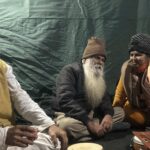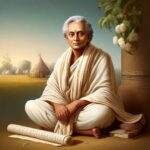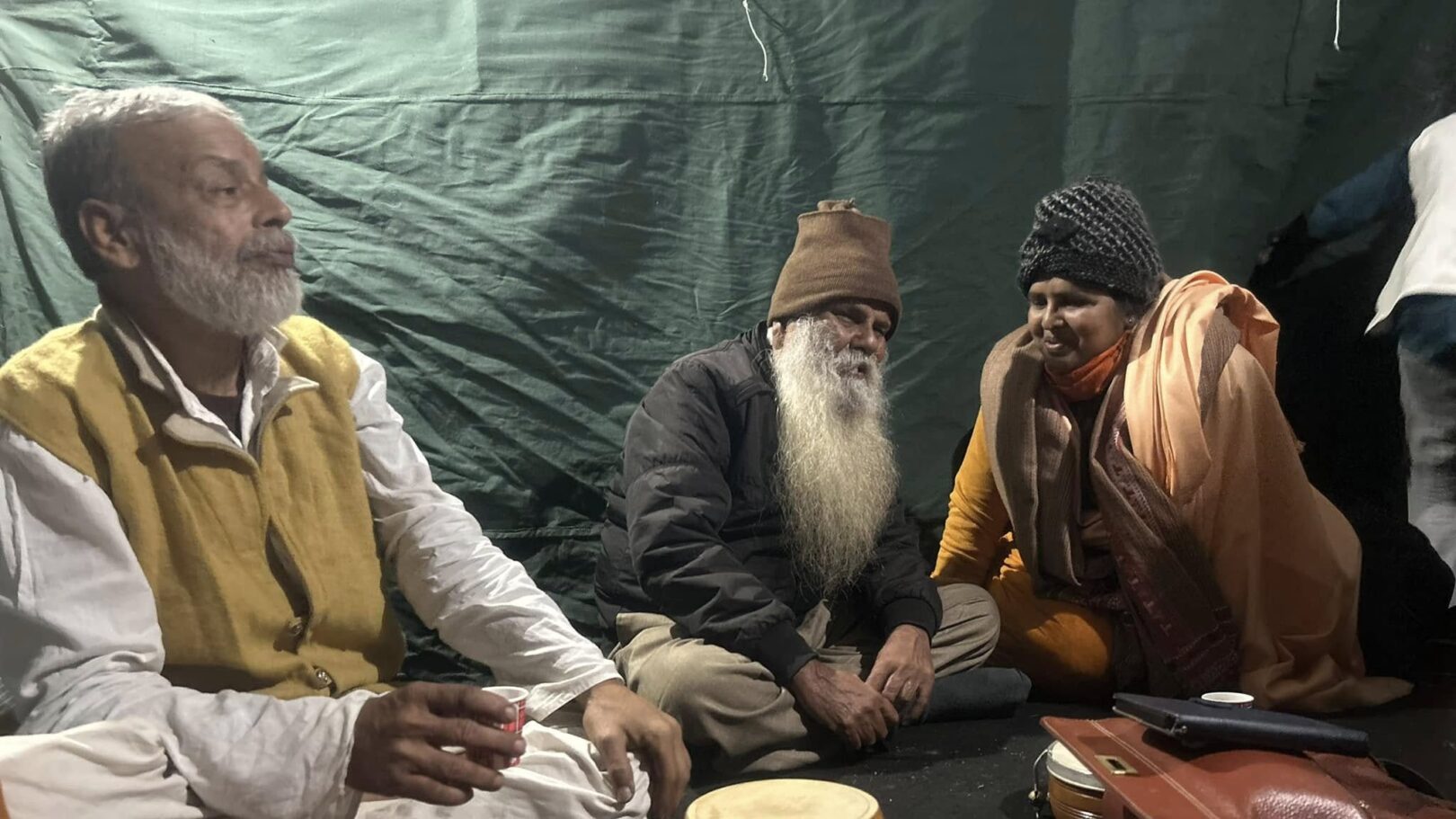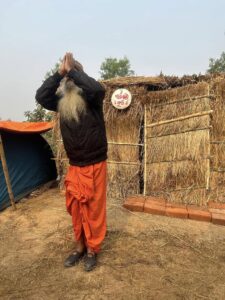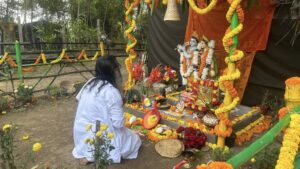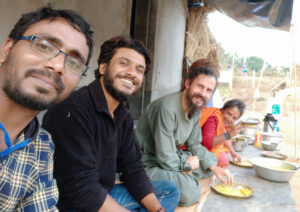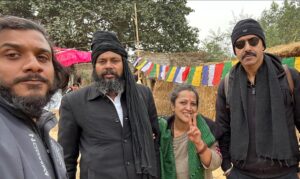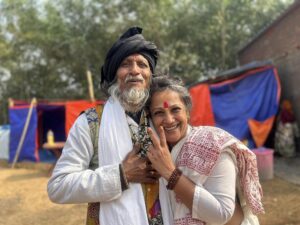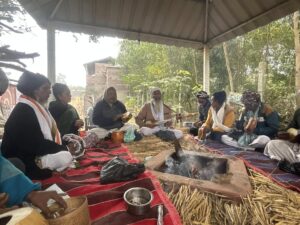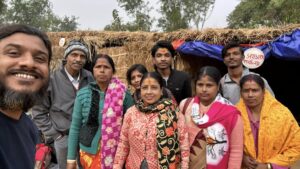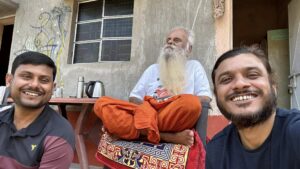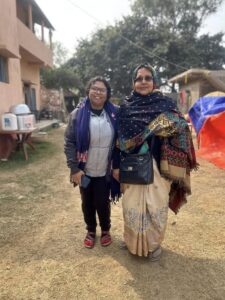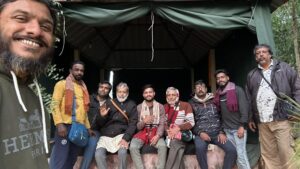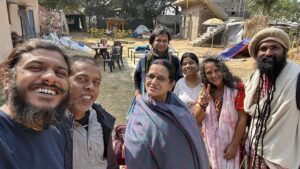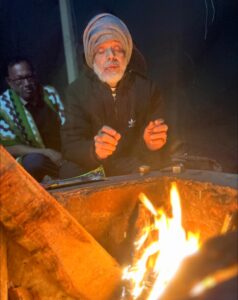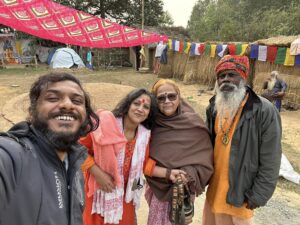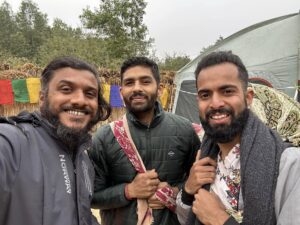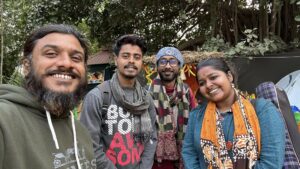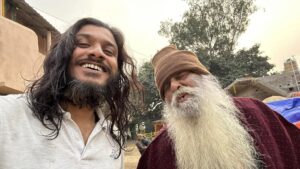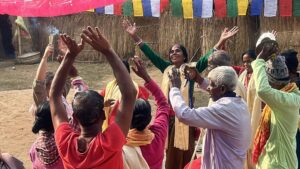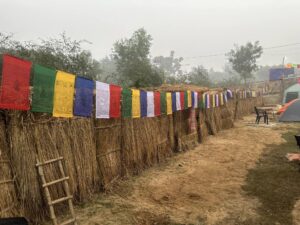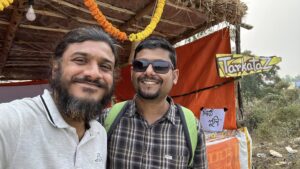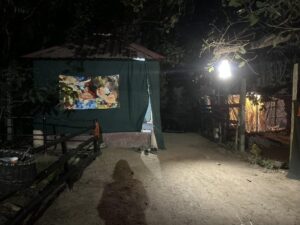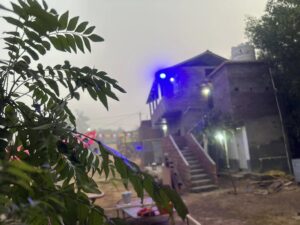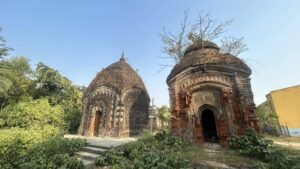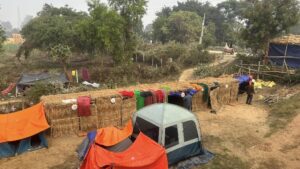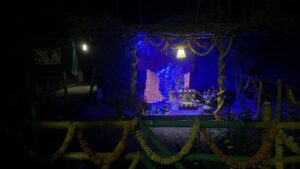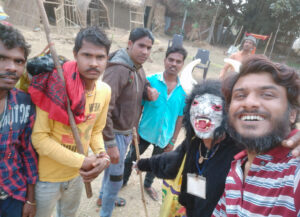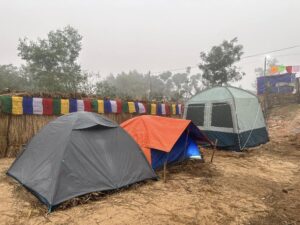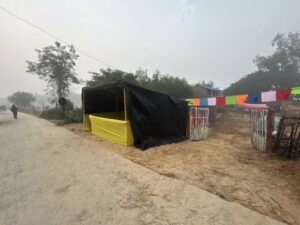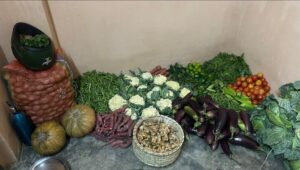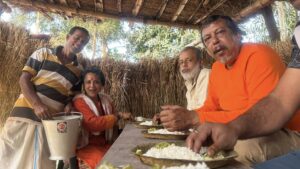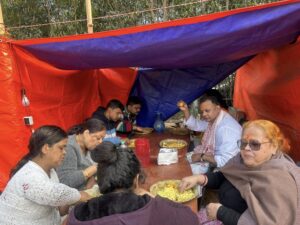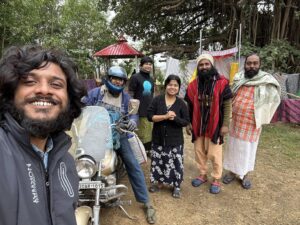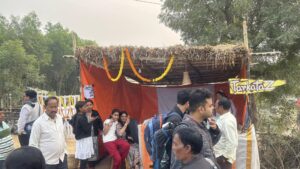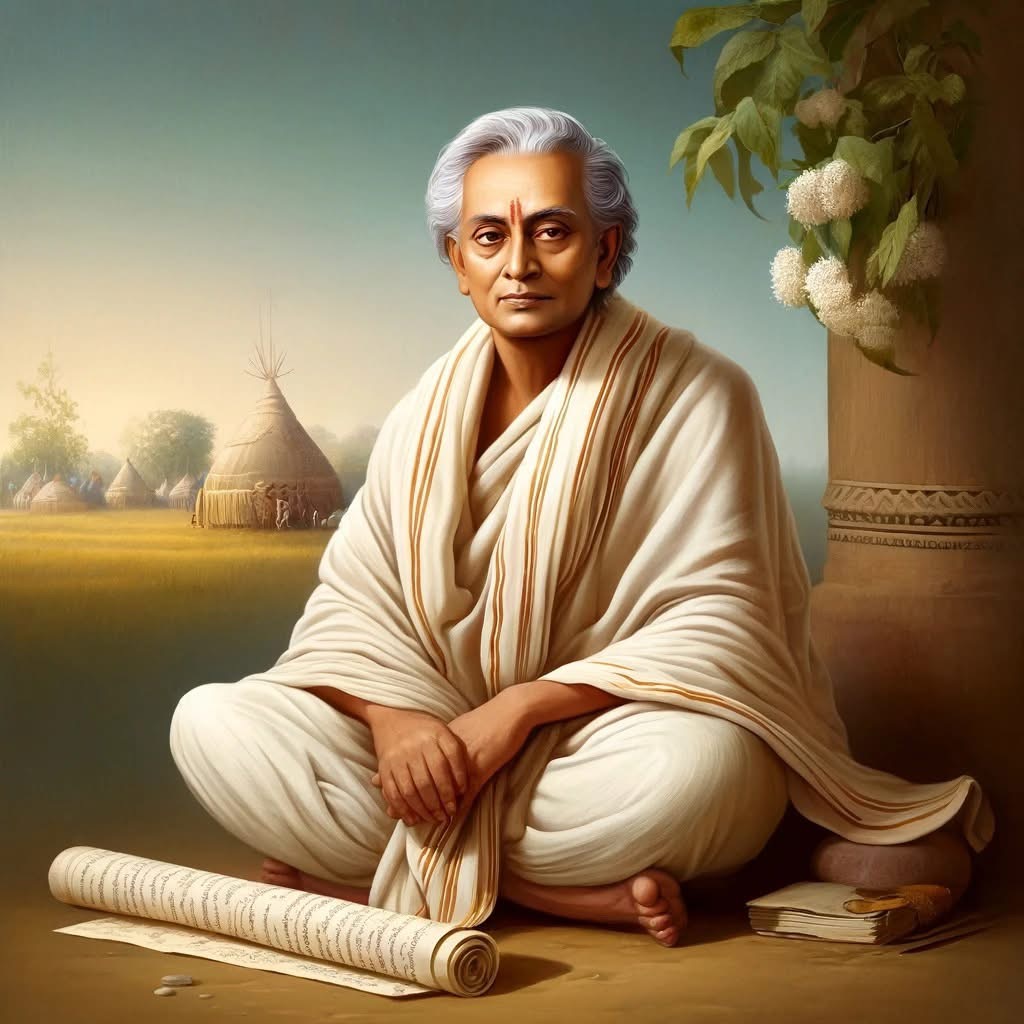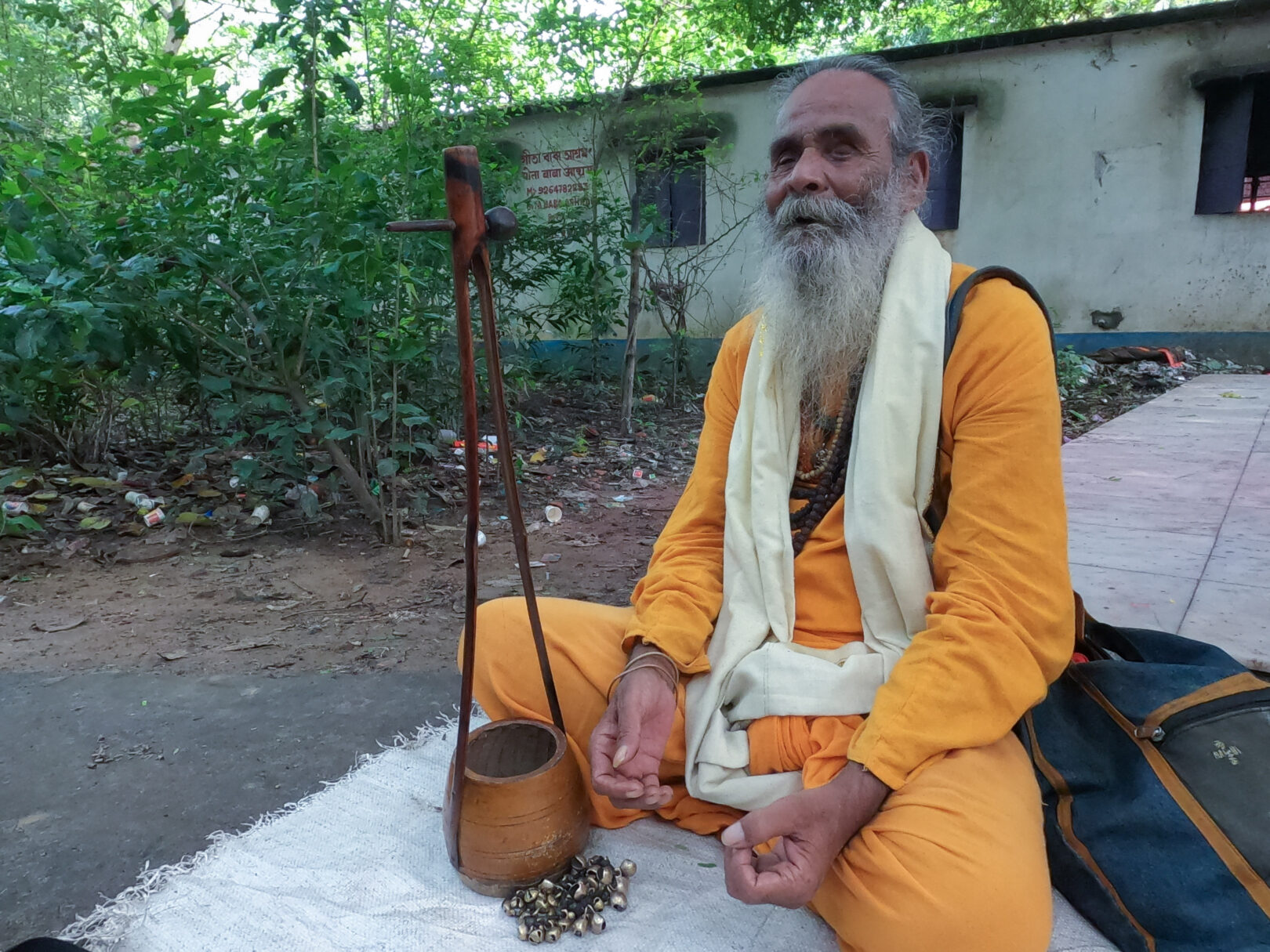🎉 Joydev Kenduli Baul Mela 2025: A Cultural Pilgrimage for the Modern Soul in Birbhum
Every January on Makar Sankranti, something magical unfolds in the village of Joydev Kenduli in Birbhum, West Bengal. Not just a festival — but a living pilgrimage of song, devotion, and age-old mysticism. In 2025, this timeless tradition returns once again on January 14, weaving together the ancient and the contemporary, the mystic and the mundane, in an experience that transcends boundaries of nation, language, or faith.
🕊️ The Legacy of Poet Joydev: A River of Devotion
The origins of the Joydev Kenduli Baul Mela trace back to the revered 12th-century poet-saint Sri Jayadeva, believed to be born near this sacred village. His lyrical masterpiece, Gita Govindam, sung in temples across India, continues to stir the hearts of mystics and musicians alike.
Set on the serene banks of the Ajoy River, the mela is not merely a fair — it is a confluence of spirit, song, and surrender, where Bengal’s mystical soul reveals itself in its purest form. For centuries, Bauls, Fakirs, Vaishnavas, and seekers from across the subcontinent have gathered here, not just to perform, but to commune, share, and remember.
🎶 The Heartbeat of the Mela: Baul Music and the Wandering Minstrels
The Bauls of Bengal, recognized by UNESCO as keepers of intangible world heritage, are the very pulse of this celebration. Clad in flowing robes, carrying their ektaras and dotaras, and singing songs of love, non-duality, and inner truth — they walk through the mela like living verses of poetry.
Their music, passed down orally, is not just performance — it is a spiritual transmission. Raw, lyrical, and piercingly honest, Baul songs speak of a god within, a body as temple, and love that defies convention.
At Joydev Kenduli, these songs echo from mud akhras and riverside camps, flowing like the river itself — ancient, alive, and ever-evolving.
🛕 Joydev Kenduli Baul Mela 2025 at Golok Ecospace: A Home for the Heart
While the larger fair continues to grow in scale and commerce, TarkataZ’s riverside Baul Akhra at Golok Ecospace offers something rare — intimacy, dignity, and silence.
Here, under the open skies, aging masters and younger disciples come together not for applause, but for authentic exchange. This initiative stands apart because it reaches the roots, honoring those artists who are often forgotten in the noise — the true torchbearers of the Baul parampara.
2025 Highlights at Golok Ecospace:
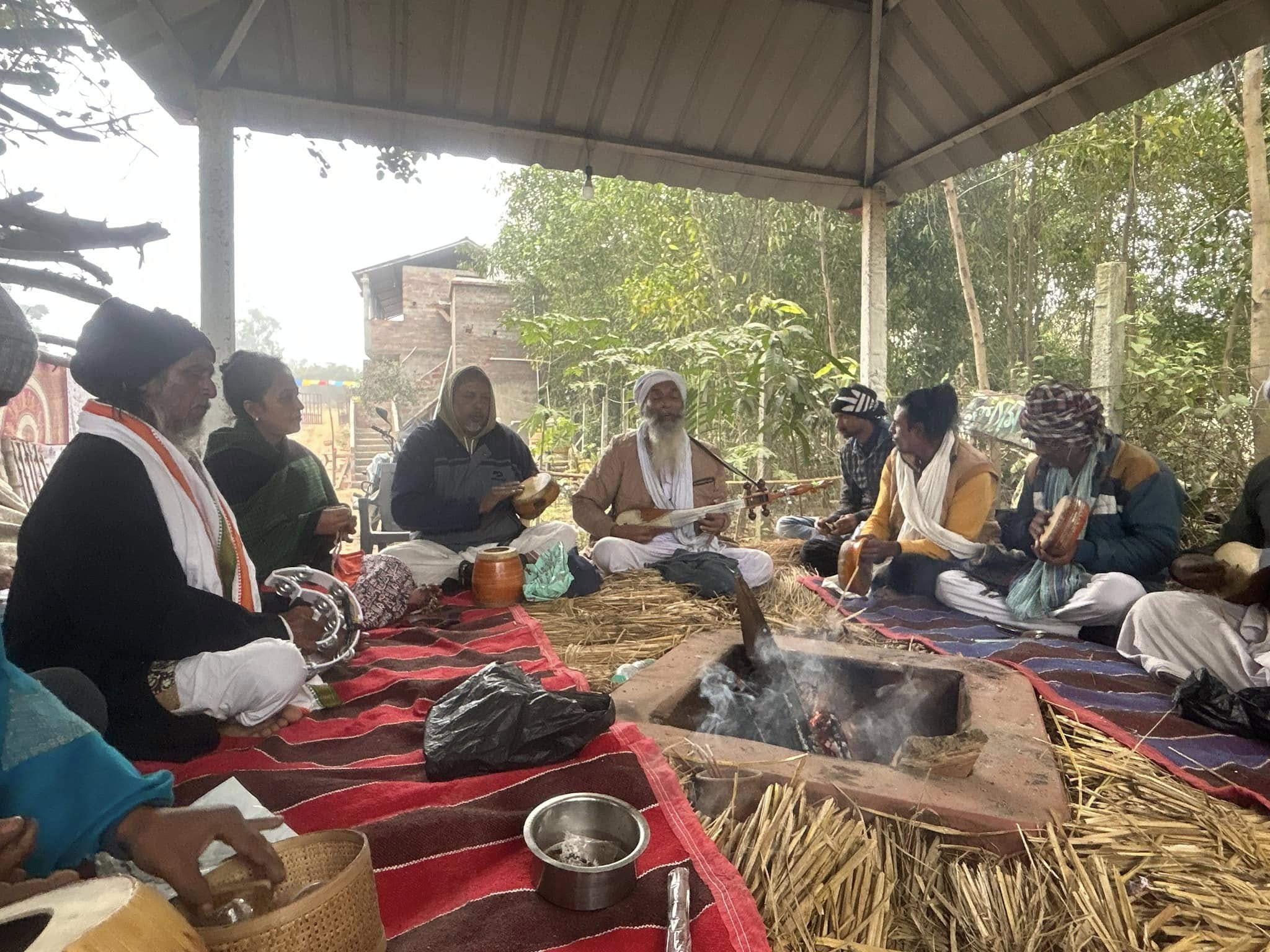
- Hosted 40+ Baul, Fakiri, and Vaishnava artists
- Community meals, bonfire sessions, and cross-cultural dialogue
- Archival recordings and real-time storytelling
- Safe shelter and nourishment for senior, ailing, or underserved performers
- Visitors from India, Europe, and Southeast Asia participated in musical immersion
TarkataZ’s work bridges two worlds — the timeless village trails of Bengal and the global conversations on cultural preservation. At Golok, each moment is a dialogue between tradition and today, between reverence and action.
📸 Glimpses from 2025:
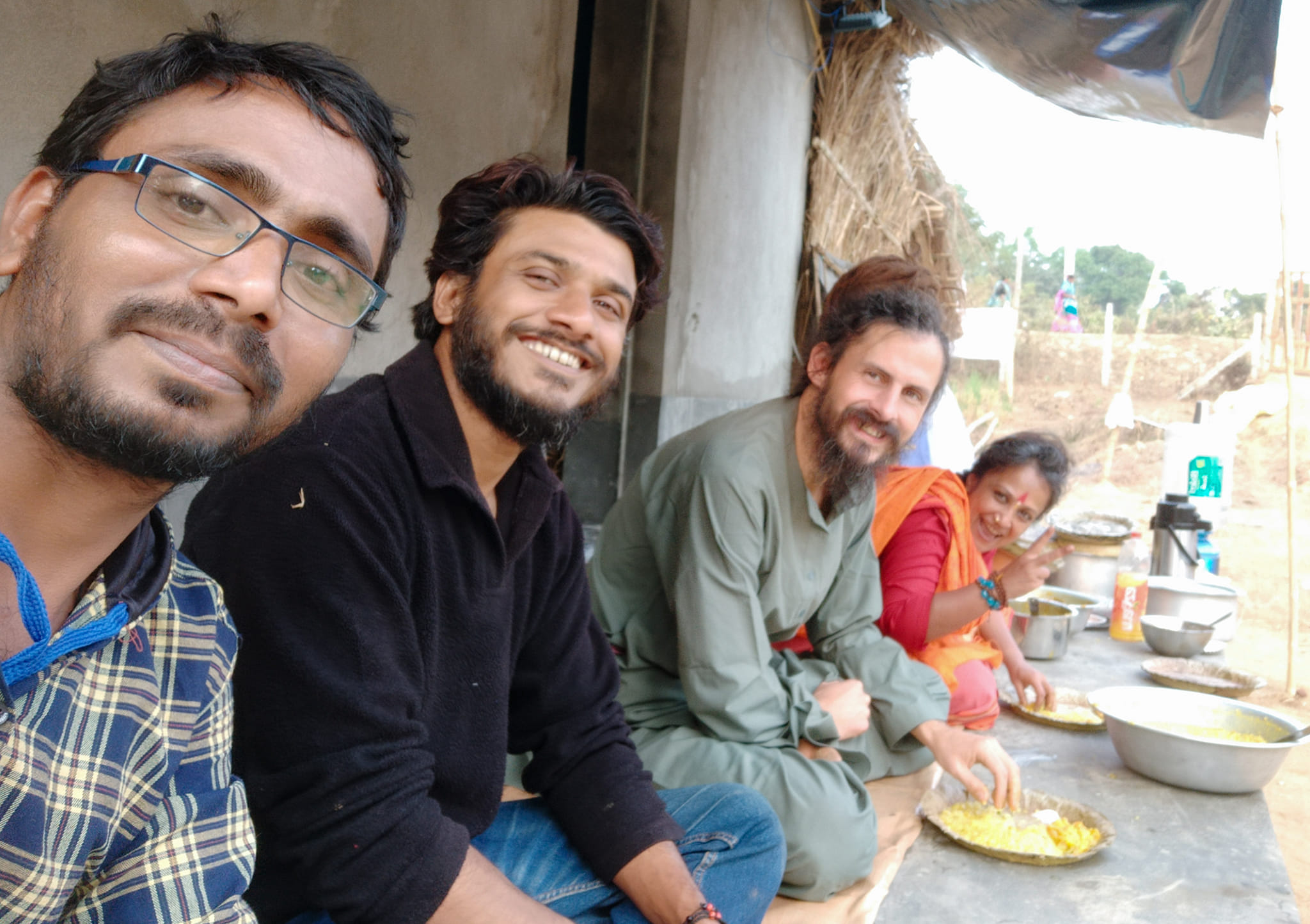
Experience the spirit through our photo collection. From dusky riverside Baul sessions to laughter around a shared fire — this gallery captures not just faces, but feelings.
👉Check out Joydev Kenduli Mela 2025 moments at Golok Ecospace
👉 Watch the Joydev Mela 2025 moments at our YouTube channel TarkataZ
👉 Support the Artists
<iframe width=”560″ height=”315″ src=”https://www.youtube.com/embed/_hF9qWcDlyM?si=TFnkPlYmjqdAor8u” title=”YouTube video player” frameborder=”0″ allow=”accelerometer; autoplay; clipboard-write; encrypted-media; gyroscope; picture-in-picture; web-share” referrerpolicy=”strict-origin-when-cross-origin” allowfullscreen></iframe>
🌍 Why You Should Come (or Support)
Whether you’re a traveler, a spiritual seeker, a cultural scholar, or simply a lover of raw, unfiltered music — Joydev Kenduli Baul Mela offers something rare in today’s world.
A moment to stop. To listen. And to feel what it means to be human.
Join us in keeping these voices alive — not in a museum, but in a shared breath of song.
🎁 Donate or Sponsor an Artist
🎤 Host a Baul Music Workshop in Your Country
🌿 Visit Golok Lokutsav 2026 during Joydev Kenduli Baul Mela 2026

